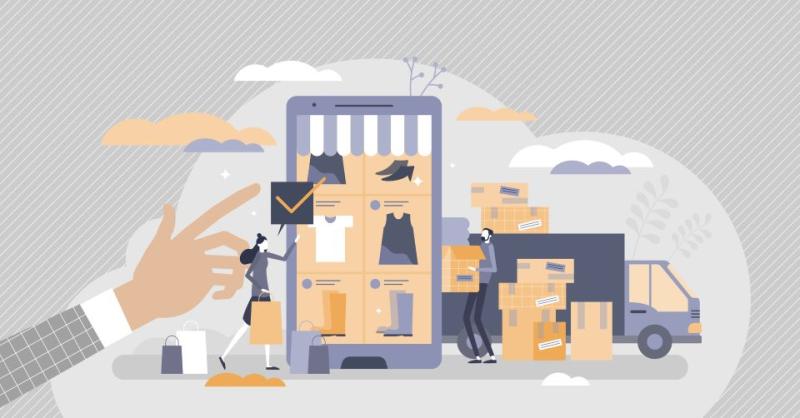Master Fulfillment to Safeguard Margins in 2023
2023 is a year of uncertainty. Although supply chain bottlenecks are starting to ease, disruptions to supply chain operations are an ongoing issue with geopolitical conflicts, severe weather events, and economic volatility hindering fulfillment performance, last mile delivery, and revenue growth.
With volatile commodity prices, labor costs on an upward trajectory, and warehouse rents rising 30% year-over-year in 2022, retailers are focused intently on reducing operational costs to strengthen the bottom line — especially since the projected 5% increase in retail sales will be dampened by 6.4% inflation, squeezing profit margins further.
Fulfillment Agility Takes Center Stage
With the aim of balancing operating costs with a differentiated customer experience, forward-thinking e-commerce retailers are refining fulfillment strategies in response to the trends, challenges, and uncertainty shaping the 2023 e-commerce landscape.
1. Staff Shortages Hinder Fulfillment Performance
With U.S. unemployment at the lowest level (3.4%) in 54 years, attracting workers to lower-paying warehouse jobs is a challenge. To mitigate the impact of labor shortages on fulfillment performance, many companies are turning to automation to streamline and accelerate fulfillment workflows in the warehouse and strengthen inventory control.
Barcode-based scanning helps e-commerce retailers leverage picking efficiencies to easily scale fulfillment in response to peaks and valleys in order volume. In addition, a barcode scan can trigger background processes to inform customers that their item has been picked and is on its way, while also updating sales channels with stock availability — which can translate to more sales.
Not only can retailers increase productivity by replacing inefficient, labor-intensive, paper-based processes with cloud-based technologies, but greater automation in the warehouse also simplifies workers’ roles, accelerates onboarding, and makes job opportunities more compelling for potential employees. In addition, artificial intelligence (AI) and machine learning (ML) have the potential to further streamline warehouse roles in the future.
2. Disrupted Supply Chains Shift Focus to Cost Containment
Many brands are rethinking fulfillment strategies in response to rising costs and inflationary pressures. In an increasingly competitive landscape, price sensitivity is growing and margins are narrowing as consumers tighten their belts, with 96% intending to adopt cost-saving behaviors in 2023.
Given that labor is a significant cost in a warehouse, leveraging software-as-as-service (SAAS)-based scalable technology platforms to unify warehouse and shipping performance — without increasing staffing requirements — is a cost-effective move. Multi-order picking and multi-order tote picking increase walking efficiency and improve packing and shipping time, while technology that automatically considers shipping factors, like cost and customer preferences for delivery times, helps retailers select the best carrier to ensure on time delivery and keep the delivery promise provided at checkout.
3. Customers Demand Sustainability and Convenience
As consumers, especially millennials and Gen Z, increasingly prioritize the environment in their purchase decisions, retailers are adapting in many different ways to meet evolving expectations. Giving customers the option to choose eco-friendly delivery methods can play a key role in retailers’ sustainability strategies, with 50% of consumers surveyed indicating they were quite/very interested in environmentally friendly delivery methods.
While sustainability is top of mind for a growing number of consumers, some customers prioritize convenience and speed in their online shopping and home delivery experience. Indeed, in a world of disruptions, today’s customers seek frictionless online purchasing experiences that are only possible by exploiting technology automation from the point of sale through to delivery.
The ongoing challenges of 2023 are forcing retailers to rethink their e-commerce fulfillment strategies and technology investments. By leveraging logistics technology to curtail costs without compromising the customer experience, retailers can reap the bottom-line rewards of happy customers, brand loyalty, and fruitful long-term relationships.
— Johannes Panzer, Head of Industry Solutions for E-commerce, Descartes


